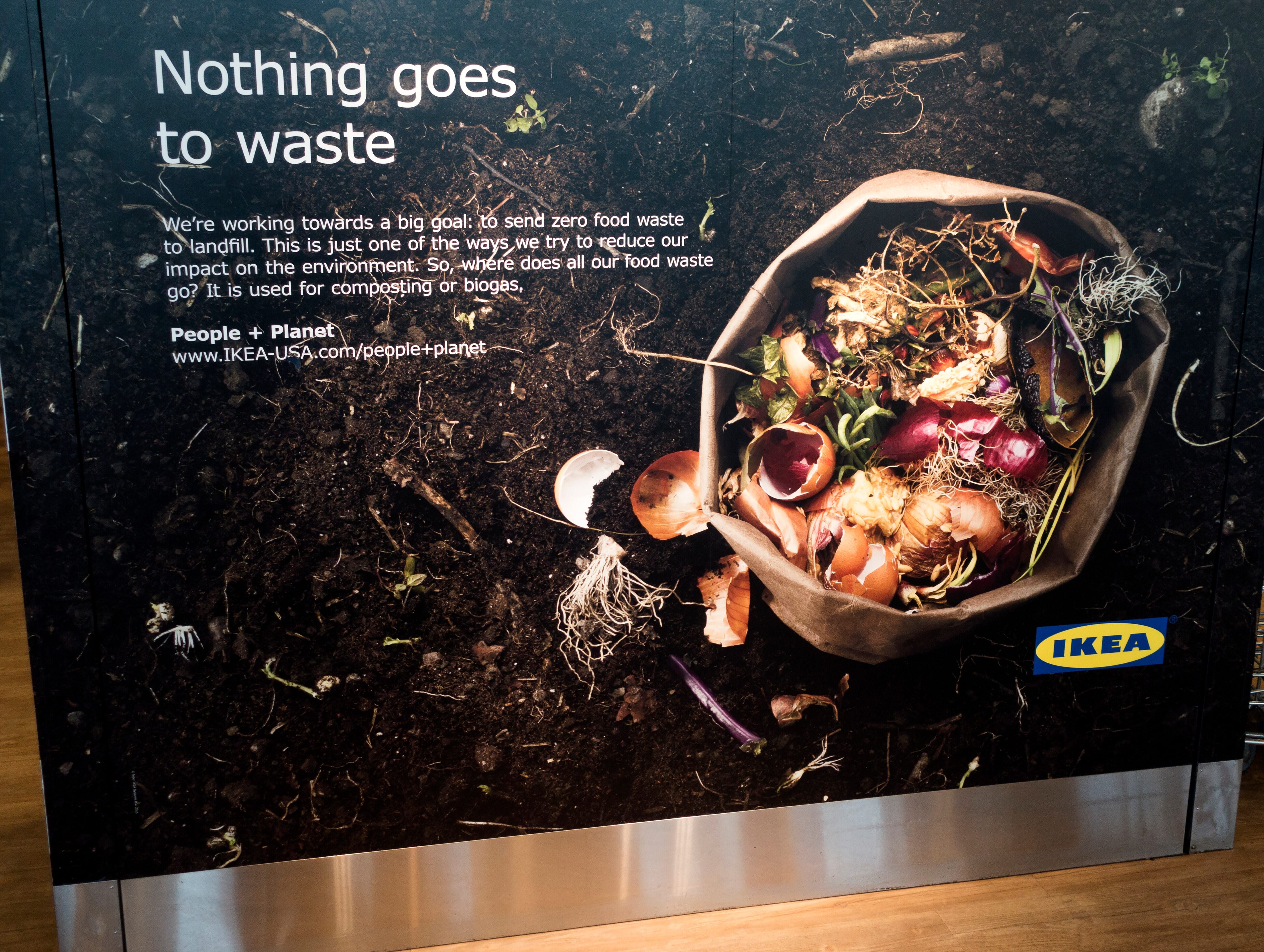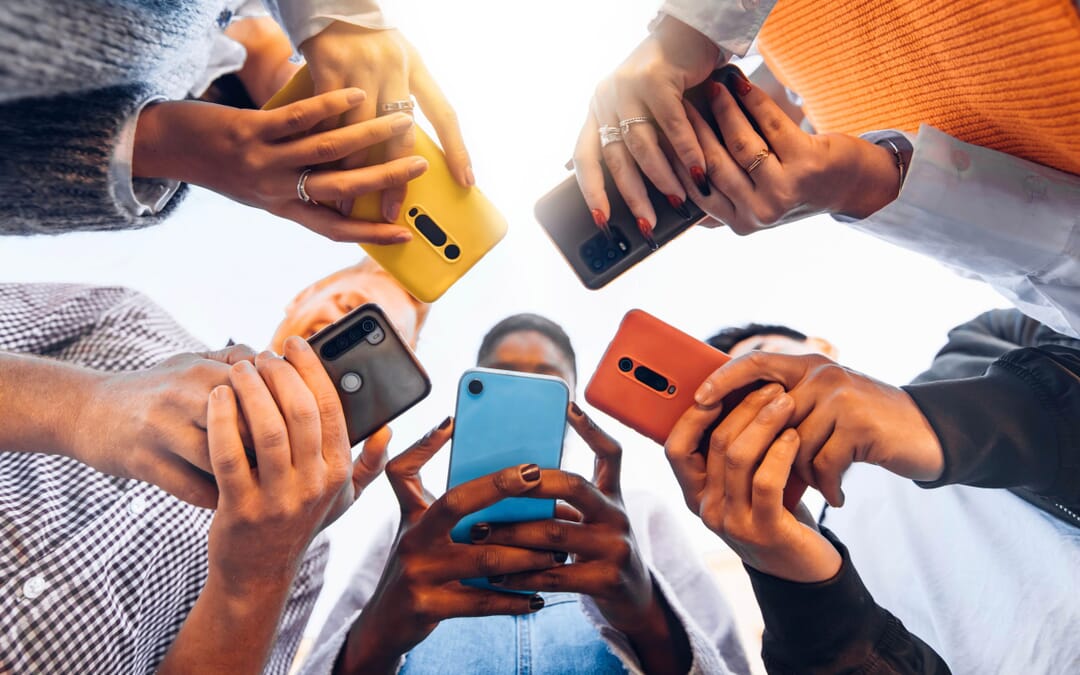A key focus at the Holmes Report’s #PRovoke19 conference this year was a word we’ve all heard before: authenticity. But what does it mean for a brand to be authentic in 2019? How can a company earn the right to speak out on certain issues or instill them as core values heading into 2020?
Brands today are under scrutiny from their consumers more than ever before. The onus is on the company to espouse values early and clearly, and continue to hold themselves and their employees accountable to those stated values. A prime example of this is IKEA, whose environmental strategy began in the 80s. In the spirit of one of their values to “create a better everyday life for the many people,” they stopped selling carpets from Pakistan made by children and had Greenpeace assess them.
Former IKEA president Lars Petersson said during the PRovoke conference, “It’s important to be clear on who you are, and wherever we are, we have a robust discussion on who we want to be here, and whether we can make a positive change without destroying the brand.”
That clarity is helpful when eyeing new markets and opportunities to expand. How do you maintain the integrity of your brand while respecting the cultures you’re selling to? For IKEA, transparency is critical, even in the face of backlash.
While some markets weren’t receptive to IKEA’s support of LGBT rights and ads featuring gay couples, Petersson said, “We had enormous support out there. Of course there are risks, but we do it because it’s the right thing to do.”
Because IKEA has established itself as a leader in prioritizing sustainability and supporting LGBTQ+ rights, were a story or tweet to call them out, their values and actions are established and most importantly, recognized and they have the authority to speak on it. Across the company, they make their values and actions clear, furthering their credibility in the face of a crisis.
IKEA is also cognizant of appropriate times to chime in on issues that don’t relate to their brand, “We build wind farms because we use a lot of power,” said Petersson. “We talk about diversity and inclusion because we work with a lot of people. We introduced veggie balls alongside our meatballs because we have restaurants. It’s tempting to jump on hot-button issues, but I don’t think we should take a political standpoint, for instance on gun violence, if it’s not connected to the business.”
While values must be baked into the culture of the company, the mission and passion for the product by employees and the CEO is crucial. If the company doesn’t believe wholly in what they’re creating, any attempt to convince others to as well will fall flat.
Perhaps one of the best examples of passion fueling everything that goes into the business is Patagonia. Their core values influence every decision, ad, and product developed. Their goals are to: build the best product, cause no unnecessary harm, use business to protect nature, and are not bound by convention. As a result, when they take out full page ads or take a stand against who they’re willing to sell to, it resonates with their consumers. They know that each decision was thought about with the values in mind.
A growing part of brand authenticity is the people companies choose to market their products. Instead of paying those with the largest followings to promote the brand or try products, brands are opting to work with micro-influencers. An example of this is British online fashion retailer ASOS. Their ASOS Insiders are real people with their own followings who post what they’re wearing from ASOS, including the product code. A full list of their Insiders can be found on their dedicated page, where shoppers can browse and find someone who matches their style, size, aesthetic, and shop their picks directly.
Instead of promoting their products on the pages of the most followed influencers, ASOS Insiders can have anywhere from thousands to tens of thousands of highly engaged followers. They’re not limited to posting on Instagram either, with several spreading their looks across Pinterest, Twitter and Snapchat as well.
The strategy focuses on more than just the number of followers, it’s building a long term relationship with the smaller, but often more engaged following of these micro influencers. This idea has only gained traction in recent years, with many brands following suit. By identifying smaller demographics companies want to reach and finding influencers that already speak organically to them, they are able to abandon an ill-fitting partnership just for the sake of potential likes. Allowing these micro influencers to create their own content and really own their unique style lends itself to more trust on the customers’ part. A casual browser of the site may very well find someone they recognize in the diverse group and follow them for their style, leading to a much deeper, authentic relationship with the brand.
Key Takeaways
From these examples we can learn a few things:
- Espouse your values clearly and early on.
- Prioritize their role in every aspect of the company, and be transparent in what you support.
- Know what your brand has a right to take a stand on, and when to sit out.
- Passion for your values and products should be clear and easily identifiable by your customers.
- When the above resonates through every part of your company, people trust that you’ll stand for what you value and accept decisions you make as authentic, not catering to a crowd.
- Finally, when considering social marketing campaigns, partnerships with more focused and niche Influencers allow your brand to connect with people you may have missed otherwise, had you only considered follower count.
If you want to see more data-driven content, check out The NewsWhip Research Center.











